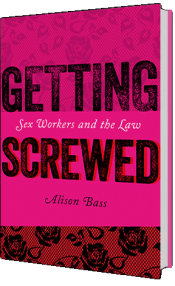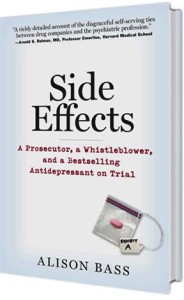In Sir Walter Scott’s Ivanhoe, Rebecca is portrayed as an almost magical healer who has special ointments that can rid the body of infection and cure all kinds of ailments. When Ivanhoe, just back from the Crusades and disguised as a Spanish knight, is badly wounded in a jousting tournament, Rebecca has him carried to her home in Ashby, where she tends to him devotedly and brings him back from the brink of death. Later in the novel, Ivanhoe returns the favor by rescuing Rebecca from being burned alive as a witch. She is in this fix because the head of the Knights of the Templars, a Catholic military order, is convinced that she has bewitched one of his knights and is a sorceress deserving of death. (The knight in question actually kidnapped Rebecca and was trying to force himself on her until she threatened to jump out off a castle parapet). Sir Walter Scott spends a lot of time on flowery speeches by this rogue and other knights, but in his 1819 novel, he is a bit vague on the details of Rebecca’s healing arts. Hence, I knew if I wanted to write about her life as a healer, I would have to do some research.
I did a lot of research online and was able to consult one of my neighbors who happens to be a doctor about healing in the pre-industrial age. And another novelist steered me to a book about European healing practices, titled Ashkenazi Herbalism; Rediscovering the Herbal Traditions of Eastern European Jews. That book opened a window on the kind of herbal remedies Rebecca and other healers might have utilized well before the age of modern medicine. It’s amazing how many healing remedies can be found in natural vegetation. In my novel, I reference the healing properties of belladonna, valerian root, mallow, ginger and some common mushrooms, all of which Rebecca uses in her practice. She also uses some less well-known herbs to try to help the King’s Jewish mistress, Rachel of Esra, conceive. Will she succeed? I’m afraid you’ll have to read Rebecca of Ivanhoe to find out.
This blog is also posted on medium.com.


